Italy, officially known as the Italian Republic, is a country located in Southern Europe, characterized by its rich history, cultural heritage, and significant influence in European and global affairs. It is known for its art, fashion, and cuisine, as well as its historical landmarks and diverse landscapes.
Geography
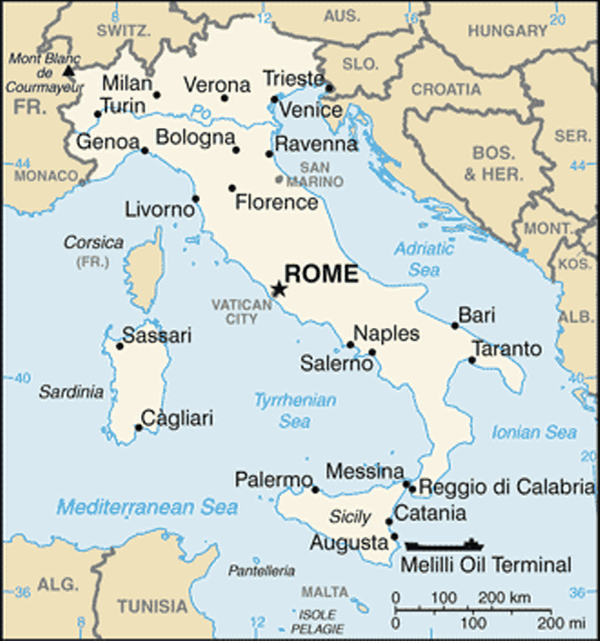
- Location: Southern Europe, bordered by France, Switzerland, Austria, Slovenia, and surrounded by the Mediterranean Sea.
- Coordinates: Approximately 41.8719° N, 12.5674° E.
- Area: Approximately 301,340 square kilometers.
- Borders:
- Italy shares land borders with France (488 km), Switzerland (740 km), Austria (430 km), and Slovenia (232 km).
- Climate:
- Predominantly Mediterranean, with hot, dry summers and mild, wet winters. Northern regions experience a more continental climate with colder winters.
- Terrain:
- Includes mountainous regions (the Alps and Apennines), plains (the Po Valley), and a long coastline along the Mediterranean Sea.
- Elevation:
- The lowest point is the Adriatic Sea (0 m), and the highest point is Mont Blanc (4,808 m).
- Natural Resources:
- Marble, clay, natural gas, and a variety of minerals. Italy is also known for its agricultural products.
- Land Use:
- Arable land: approximately 30%, permanent crops: 7%, other: 63%.
- Population Distribution:
- The population is concentrated in urban areas, with major cities including Rome, Milan, Naples, and Turin.
Population and Society
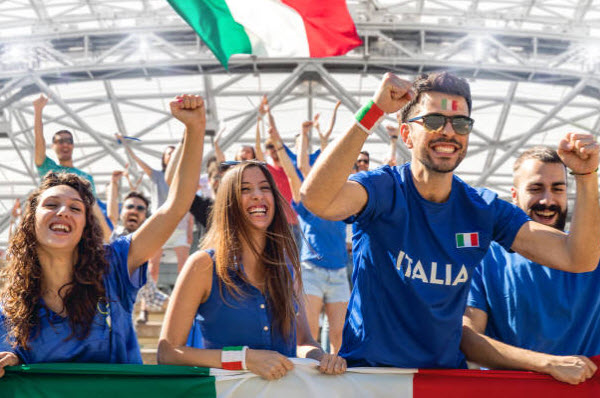
- Population: Approximately 60 million (estimate for 2024).
- Ethnic Groups:
- Predominantly Italian, with significant communities of foreign-born residents from Eastern Europe, North Africa, and Asia.
- Languages:
- The official language is Italian. Regional languages such as German, French, and Slovene are spoken in specific areas.
- Religions:
- Predominantly Roman Catholic, with small communities of Protestant, Muslim, Jewish, and other religions.
- Age Structure:
- Italy has an aging population with a high proportion of elderly and a low birth rate.
- Population Growth Rate:
- Approximately -0.1% per year.
Country
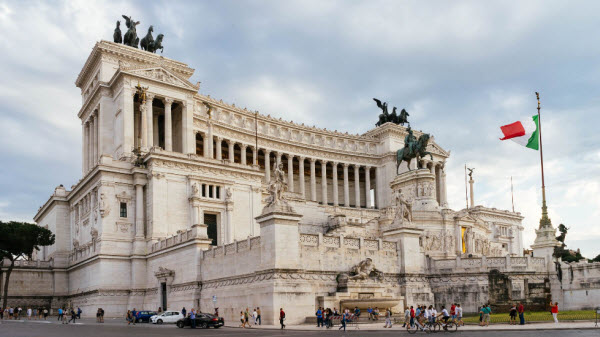
- Country Name: Italian Republic
- Common Name: Italy
- Origin of Name: The name “Italy” is derived from the Latin “Italia,” which was used by the Romans to refer to the Italian Peninsula.
- Type of Government: Republic with a parliamentary system.
- Capital: Rome
- Origin of Capital Name: The name “Rome” has ancient origins, believed to be derived from the legend of Romulus and Remus.
- Local Time: Central European Time (CET) (UTC+1); Central European Summer Time (CEST) (UTC+2) during daylight saving time.
- Daylight Saving Time: Observed from the last Sunday in March to the last Sunday in October.
- Administrative Divisions: 20 regions.
- Dependent Areas: Includes several small territories such as San Marino and the Vatican City.
- Independence: Unified in 1861; became a republic in 1946.
- Citizenship Acquisition: By birth, descent, or naturalization.
- Legal System: Civil law system based on the Italian Constitution and influenced by Roman law.
- Executive Branch: The President is the head of state, and the Prime Minister is the head of government.
- Legislative Branch: Bicameral Parliament consisting of the Chamber of Deputies and the Senate of the Republic.
- Judicial Branch: The Constitutional Court is the highest court in Italy.
- Political Parties: Includes major parties such as the Democratic Party (PD), the League (Lega), Brothers of Italy (Fratelli d’Italia), and Forza Italia.
- Flag Description: Three vertical stripes of green, white, and red.
- Country Code: ITA
Economy
- GDP: Approximately 2 trillion USD.
- Agricultural and Animal Products: Grapes, olives, wheat, corn, rice, and various types of cheese and wine.
- Industries: Machinery, vehicles, iron and steel, chemicals, food processing, and textiles.
- Budget: Often faces budget deficits but has significant public debt.
- Exports: Machinery, vehicles, chemicals, clothing, and food products.
- Imports: Machinery, oil, chemicals, and consumer goods.
- Foreign Reserves: Approximately 200 billion USD.
- External Debt: Approximately 3 trillion USD.
- Local Currency: Euro (EUR).
Communications
- Fixed Lines: Approximately 25 million lines.
- Mobile Lines: Approximately 90 million lines.
- Country Code: +39
- Broadcast Media: RAI and numerous private broadcasters.
- Internet Code: .it
- Internet Users: Approximately 50 million people.
Transport
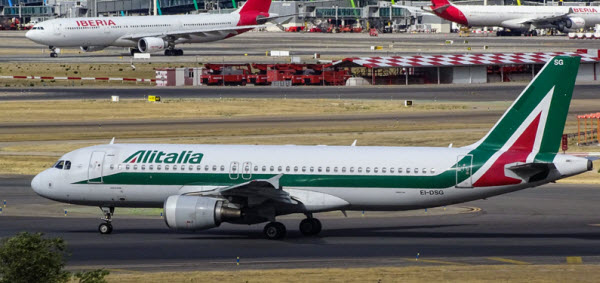
- National Air Transport System: Well-developed network with major international airports.
- Airports: More than 40 airports.
- Heliports: Numerous, mainly in urban and tourist areas.
- Pipelines: Network for oil and gas.
- Railways: Extensive network including high-speed trains (Frecciarossa) and regional lines.
- Road Network: Includes motorways and major roads totaling approximately 200,000 kilometers.
- Ports: Major ports include Genoa, Naples, and Venice.
Military
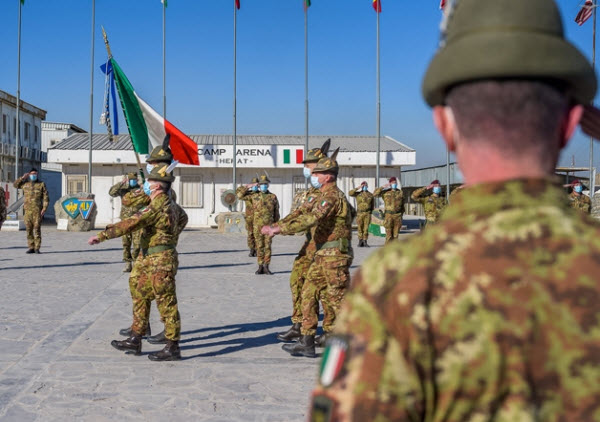
- Military Composition: Includes the Italian Army, Navy, Air Force, and various support and specialized units.
- Military Expenditures: Approximately 30 billion USD per year.
- Personnel in Military and Security Services: Approximately 170,000 active members.
- Military Equipment: Includes advanced fighter jets, naval vessels, armored vehicles, and missile systems.
- Military Service Age: 18 years for voluntary military service.
